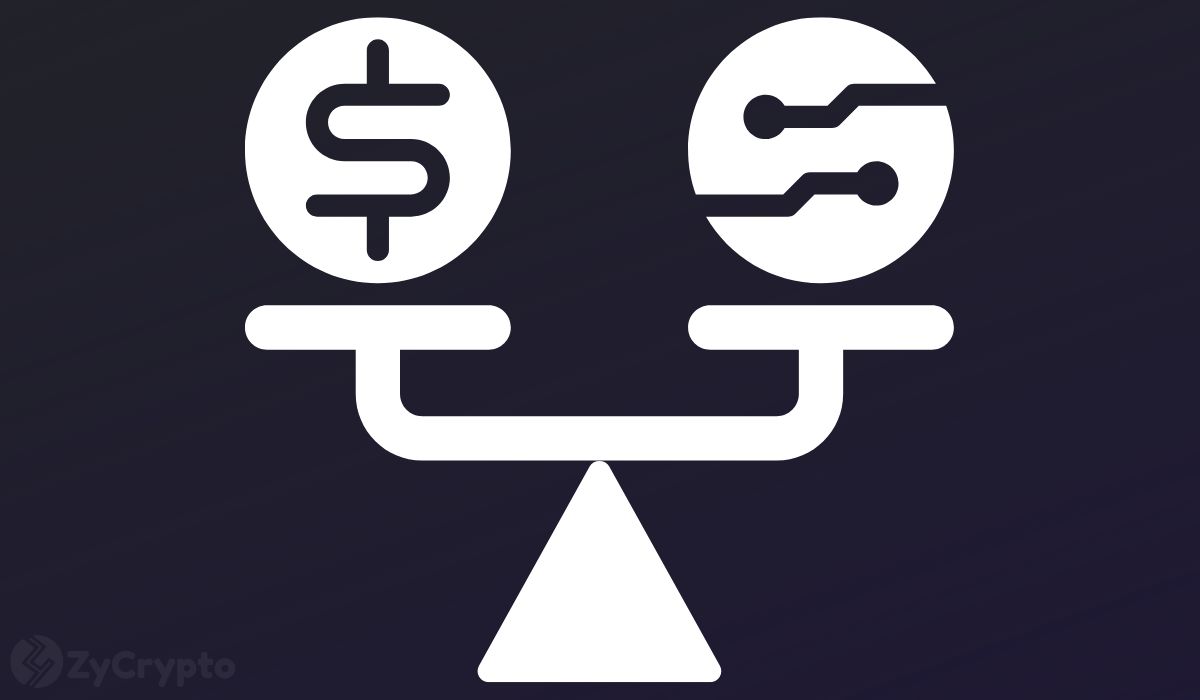Cardano network’s founder Charles Hoskinson has expressed support for algorithmic stablecoins in the long run, noting that they are necessary to realize the original vision of Satoshi Nakamoto for Bitcoin fully.
“I still firmly believe that algorithmic stablecoins long term are the most essential research stream to fully realize the original vision of Bitcoin,” Hoskison said in a March 11 tweet.
He also took a swipe at banks, stating that “they will always let you down” as long as they are based on fractional reserves. Fractional reserve banking is a system in which banks must keep a portion of deposits in reserve and loan out the remainder. It can be dangerous, as bank runs may cause insufficient reserves and insolvency, resulting in losses for depositors.
Hoskinson’s comments come on the back of the collapse of Silicon Valley Bank (SVB), which left billions of dollars of customer deposits stuck. The collapse also caught various crypto firms like BlockFi, 16AZ and Circle flatfooted.
USDC, a fiat-backed stablecoin issued by Circle lost its peg after the collapse with the firm disclosing that about $3.3 billion in the stablecoin were locked up in SVB. USDC is the only well-regulated stablecoin backed by traditional US financial institutions on public blockchains. And although the stablecoin had recovered to about $0.99 at the time of reporting after dropping to $0.84 on Saturday, the risks associated with fiat-backed stablecoins became apparent yet again.
The first major de-pegging event for most stablecoins came after the collapse of TerraUSD, an algorithmic stablecoin issue by Terra, igniting a debate as to how the crypto sector can be cushioned from the failures of the global financial system.
Since then, Hoskinson has always championed algorithmic stablecoins, which, unlike fiat-based stablecoins, they are designed to hold their peg through mathematical equations. According to him, algorithmic stablecoins like the recently launched Djed could be the only solution for the perennial de-pegging problem associated with stablecoins such as USDC.
Hoskinson also explained how the Djed stablecoin based on Crdano can avoid losing its USD peg, stating that it is “over collateralized.” According to him, Djed is designed to enable a 400-800% collateral ratio for both Djed and Shen tokens. This decentralized collateralization system is sustained by users minting Shen and depositing ADA into the liquidity pool, keeping the levels of collateralization steady.
Hoskinson’s sentiments mirror those of BitMEX co-founder Arthur Hayes, who has also advocated for crypto users to avoid stablecoins pegged to the US Dollar and other fiat currencies. On Wednesday, Hayes proposed creating an algorithmic stablecoin called NakaDollar (NUSD) which he said will be backed by Bitcoin.







